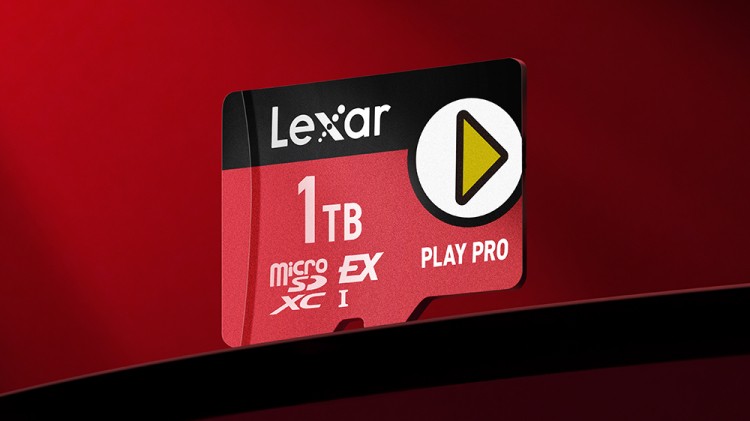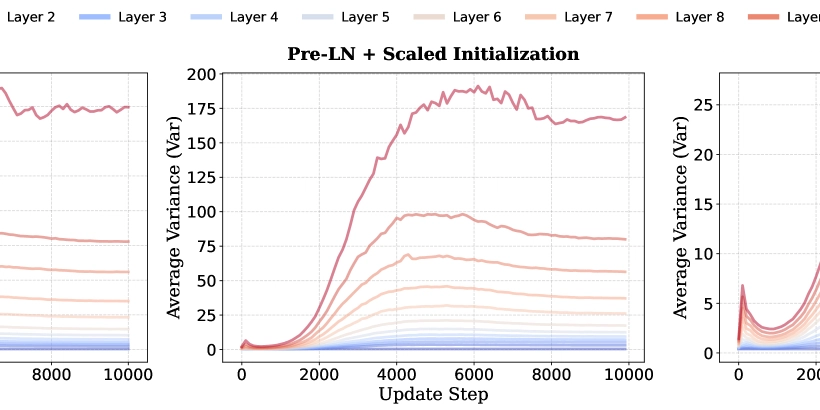linux beginners guide and essential commands
Introduction Linux, as an open-source operating system, has earned its reputation as a versatile and powerful tool in the world of computing. It’s widely used for everything from personal computing to running servers, cloud infrastructures, and even powering many Android devices. Linux is a key player in the fields of system administration, cybersecurity, DevOps, and cloud computing. Its flexibility, stability, and security make it essential for anyone working with IT systems. Before diving into the world of Linux commands, I had a basic understanding of the operating system but had little hands-on experience. I knew Linux was a command-line-based system, but the vast array of commands and their applications seemed daunting. I was curious about how system administrators manage files, users, processes, and packages without relying on a graphical interface. This module has been an eye-opening experience, providing me with the foundational knowledge to navigate Linux efficiently. Key Commands Learned Filesystem Navigation Commands The first set of commands I encountered were used for navigating the filesystem. These are essential for moving through directories and viewing contents. • ls – This command lists files and directories in the current working directory. Options like **ls -l** provide detailed information about the files, including permissions, owner, size, and modification time. • cd – The cd (change directory) command is used to navigate between directories. For instance, **cd /home/user/Documents** takes you to the Documents directory. • pwd – The pwd (print working directory) command shows the current directory you are working in, ensuring you never lose track of where you are. • mkdir – This command is used to create directories. For example, mkdir new_directory creates a new folder named “new_directory.” • rm – The rm (remove) command is used to delete files. It is a powerful command, and caution is needed, especially when using options like -r for recursive removal, which deletes entire directories. File Management Commands Managing files is at the heart of using Linux efficiently. The following commands help in manipulating and managing files: • cp – The cp (copy) command allows you to duplicate files and directories. For example, cp file.txt backup.txt copies “file.txt” to “backup.txt. • mv – This command moves or renames files and directories. For example, mv old_name.txt new_name.txt renames a file. • touch – The touch command is used to create empty files or update the timestamp of existing ones. touch new_file.txt creates an empty text file. • cat – The cat command displays the contents of a file on the terminal. It is also used to concatenate multiple files together. • grep – A powerful search tool, grep searches through files for specific patterns or keywords. For example, grep "error" log.txt will find and display lines in the log.txt file that contain the word “error.” User & Permissions Commands Linux is built around the concept of users and permissions, ensuring that only authorized individuals can access certain files and actions. • sudo – The sudo command is used to execute commands with superuser (root) privileges. For instance, sudo apt update is used to update the package database with root privileges. • usermod – This command allows you to modify user accounts. For example, usermod -aG sudo username adds a user to the sudo group, granting them elevated privileges. • chmod Command – The chmod command changes file permissions. For example, chmod 755 file.sh gives read, write, and execute permissions to the owner, and read and execute permissions to others. • chown Command – This command changes the ownership of a file or directory. For example, chown user:group file.txt assigns ownership of the file to the specified user and group. Process Management Commands Managing processes is crucial to system administration and troubleshooting. These commands allow you to view and control running processes. • ps – The ps (process status) command provides information about active processes. It’s useful for identifying what’s running on the system. • kill – The kill command is used to terminate processes. For example, kill 1234 sends a termination signal to the process with ID 1234. • the "top" command – This command displays a dynamic, real-time view of system processes, memory usage, and CPU load. Package Management Commands Package management is crucial in Linux for installing, updating, and removing software. Different distributions use different package managers. • apt – Commonly used on Debian-based distributions like Ubuntu, apt is a package manager used for installing, updating, and removing software. For example, sudo apt install package-name installs a package. • yum – The yum (Yellowdog Updater, Modified) command is used in Red Hat-based distributions for managing packages. It’s similar to apt but tailored for distributions like Cent
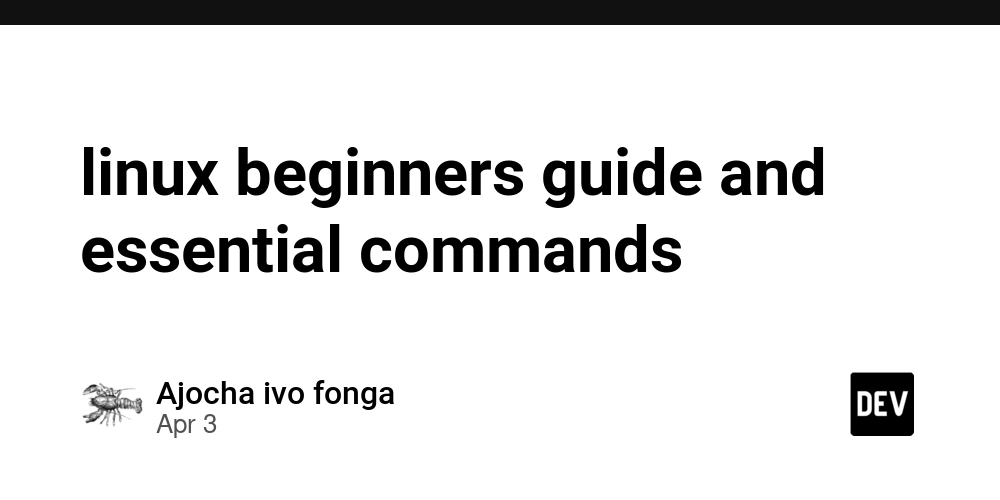
Introduction
Linux, as an open-source operating system, has earned its reputation as a versatile and powerful tool in the world of computing. It’s widely used for everything from personal computing to running servers, cloud infrastructures, and even powering many Android devices. Linux is a key player in the fields of system administration, cybersecurity, DevOps, and cloud computing. Its flexibility, stability, and security make it essential for anyone working with IT systems.
Before diving into the world of Linux commands, I had a basic understanding of the operating system but had little hands-on experience. I knew Linux was a command-line-based system, but the vast array of commands and their applications seemed daunting. I was curious about how system administrators manage files, users, processes, and packages without relying on a graphical interface. This module has been an eye-opening experience, providing me with the foundational knowledge to navigate Linux efficiently.
Key Commands Learned
Filesystem Navigation Commands
The first set of commands I encountered were used for navigating the filesystem. These are essential for moving through directories and viewing contents.
• ls – This command lists files and directories in the current working directory. Options like **ls -l** provide detailed information about the files, including permissions, owner, size, and modification time.
• cd – The cd (change directory) command is used to navigate between directories. For instance, **cd /home/user/Documents** takes you to the Documents directory.
• pwd – The pwd (print working directory) command shows the current directory you are working in, ensuring you never lose track of where you are.
• mkdir – This command is used to create directories. For example, mkdir new_directory creates a new folder named “new_directory.”
• rm – The rm (remove) command is used to delete files. It is a powerful command, and caution is needed, especially when using options like -r for recursive removal, which deletes entire directories.
File Management Commands
Managing files is at the heart of using Linux efficiently. The following commands help in manipulating and managing files:
• cp – The cp (copy) command allows you to duplicate files and directories. For example, cp file.txt backup.txt copies “file.txt” to “backup.txt.
• mv – This command moves or renames files and directories. For example, mv old_name.txt new_name.txt renames a file.
• touch – The touch command is used to create empty files or update the timestamp of existing ones. touch new_file.txt creates an empty text file.
• cat – The cat command displays the contents of a file on the terminal. It is also used to concatenate multiple files together.
• grep – A powerful search tool, grep searches through files for specific patterns or keywords. For example, grep "error" log.txt will find and display lines in the log.txt file that contain the word “error.”
User & Permissions Commands
Linux is built around the concept of users and permissions, ensuring that only authorized individuals can access certain files and actions.
• sudo – The sudo command is used to execute commands with superuser (root) privileges. For instance, sudo apt update is used to update the package database with root privileges.
• usermod – This command allows you to modify user accounts. For example, usermod -aG sudo username adds a user to the sudo group, granting them elevated privileges.
• chmod Command – The chmod command changes file permissions. For example, chmod 755 file.sh gives read, write, and execute permissions to the owner, and read and execute permissions to others.
• chown Command – This command changes the ownership of a file or directory. For example, chown user:group file.txt assigns ownership of the file to the specified user and group.
Process Management Commands
Managing processes is crucial to system administration and troubleshooting. These commands allow you to view and control running processes.
• ps – The ps (process status) command provides information about active processes. It’s useful for identifying what’s running on the system.
• kill – The kill command is used to terminate processes. For example, kill 1234 sends a termination signal to the process with ID 1234.
• the "top" command – This command displays a dynamic, real-time view of system processes, memory usage, and CPU load.
Package Management Commands
Package management is crucial in Linux for installing, updating, and removing software. Different distributions use different package managers.
• apt – Commonly used on Debian-based distributions like Ubuntu, apt is a package manager used for installing, updating, and removing software. For example, sudo apt install package-name installs a package.
• yum – The yum (Yellowdog Updater, Modified) command is used in Red Hat-based distributions for managing packages. It’s similar to apt but tailored for distributions like CentOS and Fedora.
• dnf – dnf is the next-generation package manager for Fedora, replacing yum. It is faster and more efficient, offering advanced features like automatic dependency resolution.
Real-World Application
The Linux commands I’ve learned are critical in various IT domains. In system administration, these commands are used to manage users, maintain the filesystem, and monitor system performance. Cybersecurity professionals rely on Linux commands for tasks like inspecting file permissions, managing system updates, and troubleshooting suspicious processes. In DevOps and cloud computing, these commands form the backbone of automation and configuration management. For instance, automating the installation of packages or managing cloud infrastructure resources relies on efficient command-line interactions. In server management, commands like ps, top, and kill are vital for performance monitoring and process control.
Challenges & Takeaways
One of the challenges I faced was understanding the full potential of permissions and file management. Linux’s powerful permissions system can be overwhelming at first, but it’s an essential part of maintaining system security. I also had to be cautious with commands like rm and chmod, as they can cause irreparable changes if misused.
The most exciting command for me was grep, as it allows you to sift through files to find exact information, making it invaluable for troubleshooting and analyzing logs. I also found sudo crucial for gaining elevated privileges when executing system-level commands.
Conclusion
My journey through learning basic Linux commands has been both challenging and rewarding. These fundamental skills have given me a solid foundation to build upon as I continue to explore more advanced aspects of Linux. Moving forward, I plan to deepen my understanding of automation, scripting, and network management, while also gaining hands-on experience with different Linux distributions to solidify my skills further.










































































































































































![[The AI Show Episode 142]: ChatGPT’s New Image Generator, Studio Ghibli Craze and Backlash, Gemini 2.5, OpenAI Academy, 4o Updates, Vibe Marketing & xAI Acquires X](https://www.marketingaiinstitute.com/hubfs/ep%20142%20cover.png)

















































































































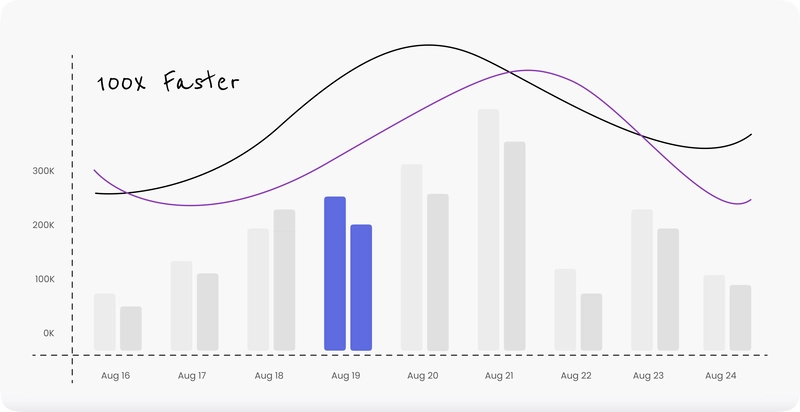



















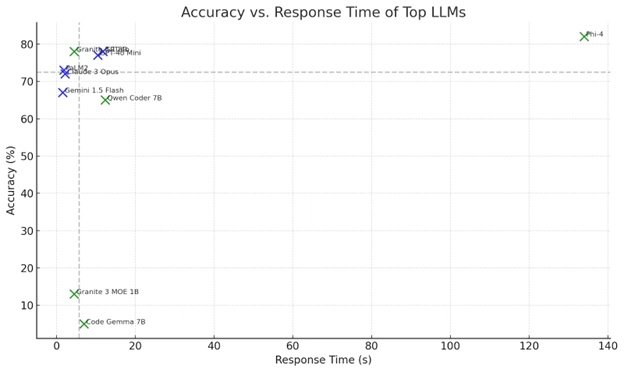


























































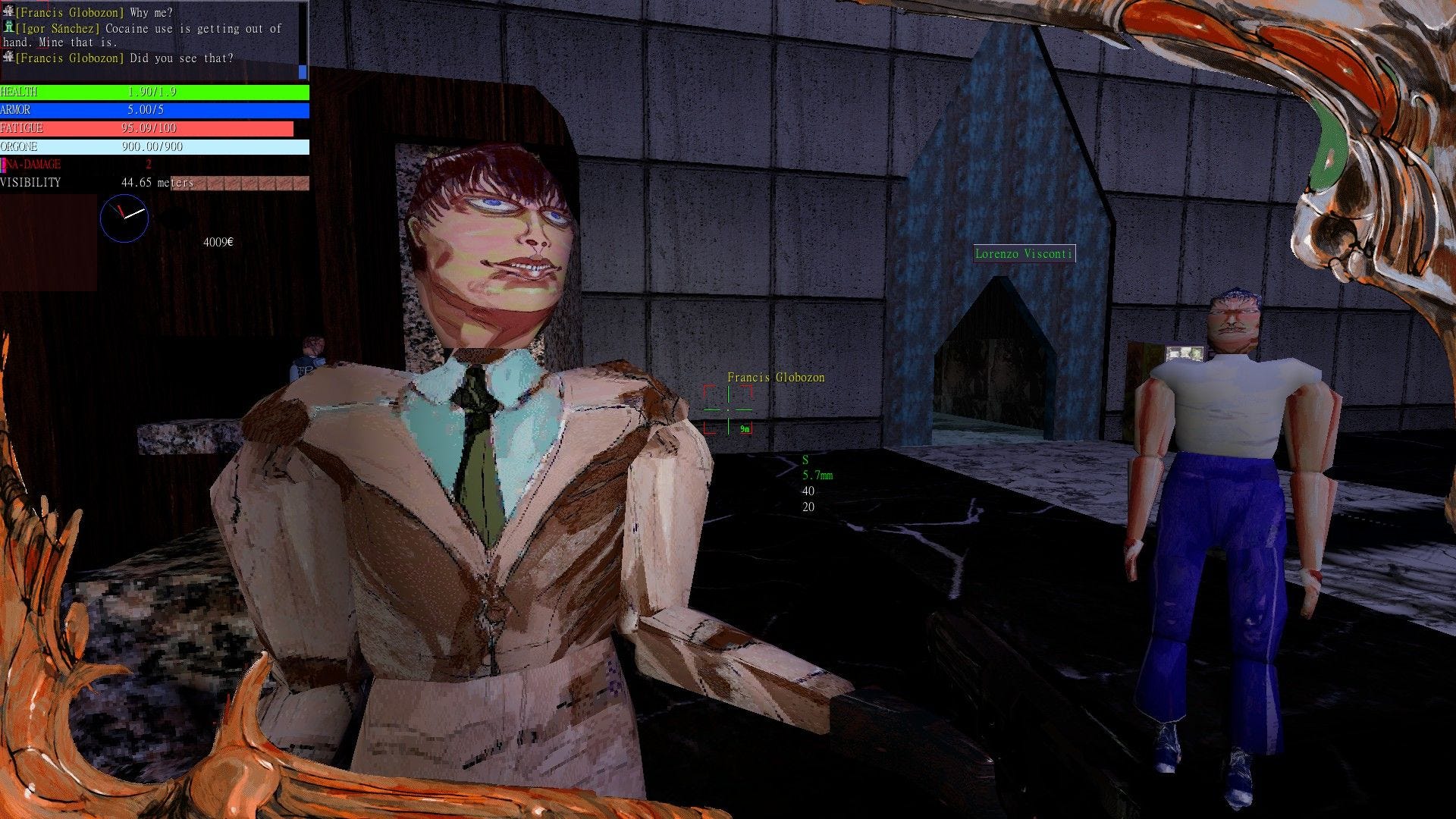


















































-Nintendo-Switch-2-–-Overview-trailer-00-00-10.png?width=1920&height=1920&fit=bounds&quality=80&format=jpg&auto=webp#)








































































































































![YouTube Announces New Creation Tools for Shorts [Video]](https://www.iclarified.com/images/news/96923/96923/96923-640.jpg)

![Apple Faces New Tariffs but Has Options to Soften the Blow [Kuo]](https://www.iclarified.com/images/news/96921/96921/96921-640.jpg)


















